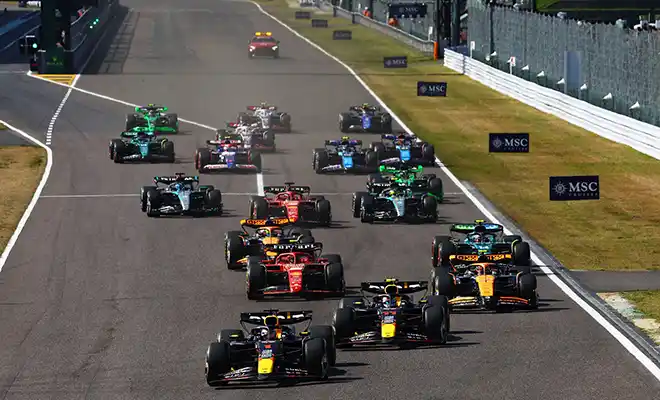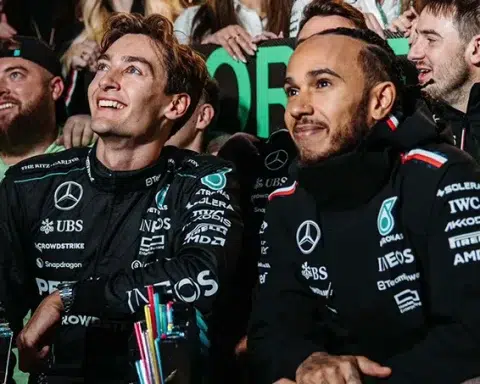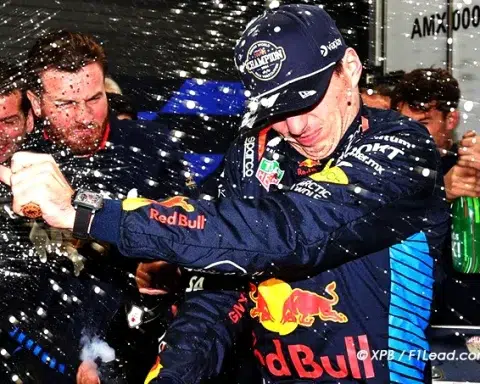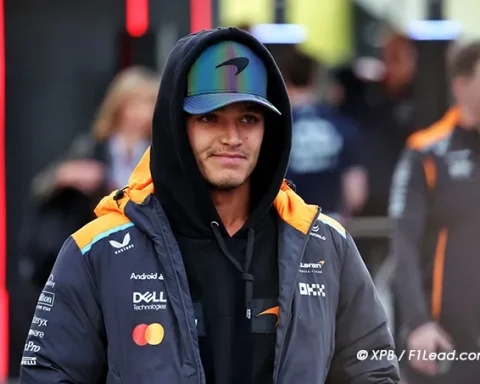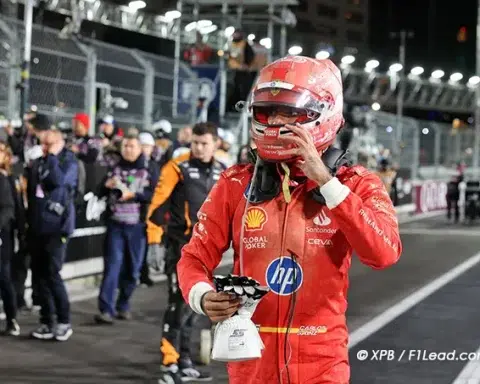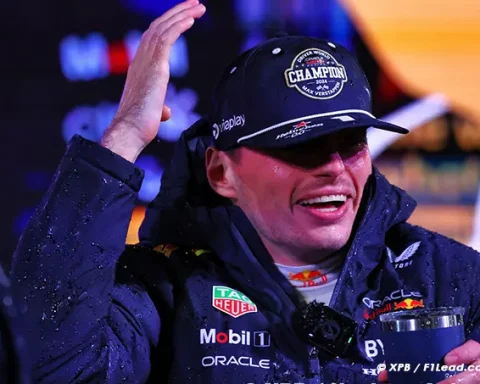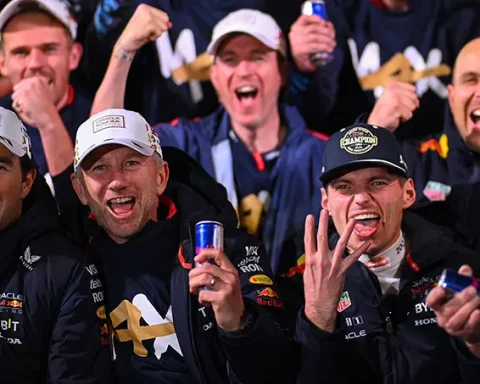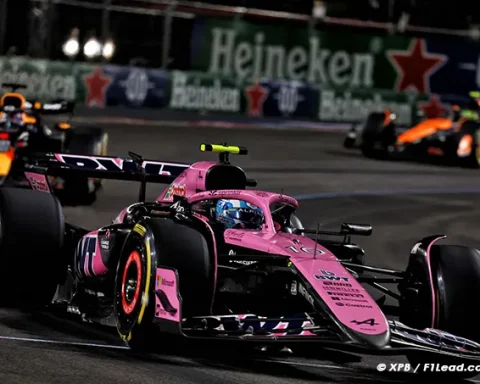Reflecting on Jules Bianchi’s tragic accident at Suzuka, F1 continues its quest for safety, balancing risk with passion.
The Japanese Grand Prix marked the tenth anniversary of the tragic accident involving Jules Bianchi, which occurred at Suzuka in 2014 and sadly resulted in the French driver’s death a few months later.
It serves as a reminder to us all, and of course to Formula 1 drivers, of how dangerous this sport can be, even though significant advancements (notably the introduction of the halo) have been made in recent years.
The start of the race was also noted for a major crash between Daniel Ricciardo and Alex Albon.
Max Verstappen, Sergio Perez, and Carlos Sainz, who finished in the top three positions of the Grand Prix, were questioned about the dangers in F1.
“To be honest, I prefer not to think about it,” Max Verstappen responded.
“Of course, I am aware of the sport’s dangers, but I could also take a shower, slip, and break my neck. Therefore, things need to be put into perspective. But yes, I mean, in F1, you know, you reach high speeds, and anything can happen, a part can break on the car, brakes can fail, an accident, but I think it’s better not to think too much about it. We are all experienced enough and aware that once we attempt an overtaking move or go to the limit of lap time, a mistake or accident is, of course, easily possible. You obviously try to avoid such things.”
Sergio Perez agreed with his teammate’s view, indicating he too prefers not to dwell too much on the matter.
“We are all aware of the risk. But in the end, it’s our passion. We are here because it’s our passion, our dream. And yes, we don’t think about it. We obviously have a lot of respect for each other on the track. We know that we are driving at extremely high speeds. And yes, when you see an accident like the one that happened this Sunday with Daniel (Ricciardo) and Alex (Albon), the first thing as a driver, as a colleague, is to make sure they are okay and then the show can go on. But yes, it was a very sad day when it happened to Jules, obviously.”
Carlos Sainz, like his peers, does not think about the risk once his helmet is on, but that doesn’t stop him from reflecting when he is not in his F1.
“Danger is not something that goes through my mind. I only think about danger when I see a serious accident or, for example, the other day, when I was doing my bike ride and I turned at the corner where Jules had his accident, you always stop for three to five minutes to think about such an unfortunate accident and the bad situation that occurred that day. But we all love what we do. We all have a smile on our faces when we put on a helmet and drive to the limit. During a start, we are going to take the first turn at 300 km/h, three abreast. Anything can happen, but we all enjoy it. And I’m sure that Jules, up until the accident, was having fun.”
“You know, it’s life, the one we have chosen, it’s our choice. What we need to continue doing as a sport is to ensure everything becomes safer and safer. And for that, we must thank the FIA. It has done an incredible job with the halo and other things with these modern cars that allow us to think less and less about this danger and risk. And we need to continue to push in that direction to be able to take even more risks. That’s what we love to do.”
Jules Bianchi: A Decade On, F1’s Safety Evolution. Jules Bianchi: A Decade On, F1’s Safety Evolution
- ReadMore>Alpine F1 Denies Sale Rumors Amid Speculation
- Following us on Facebook and Twitter
